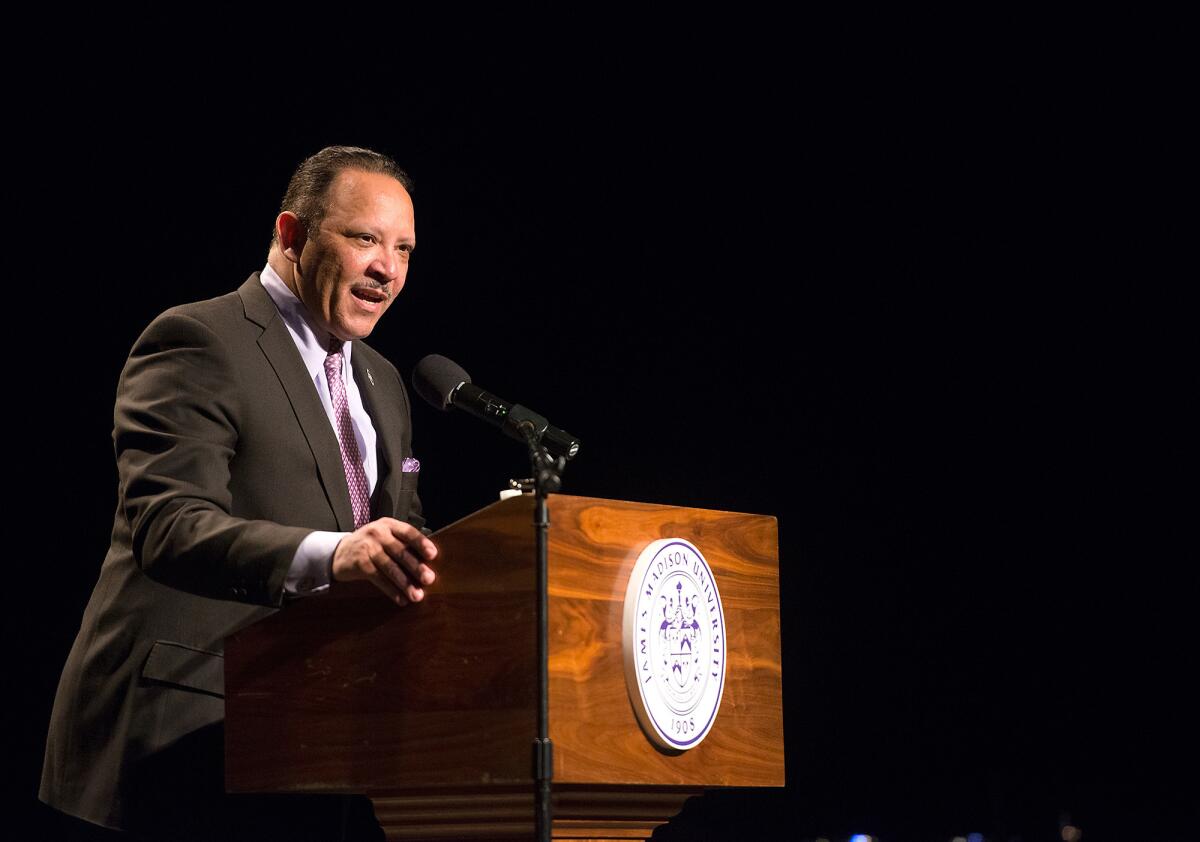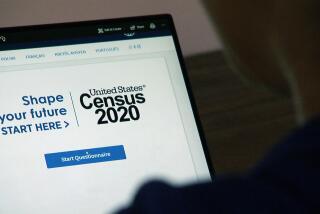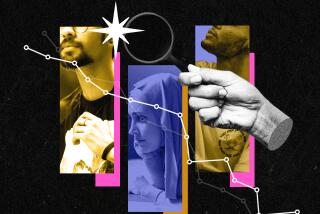Blacks, Latinos lag behind whites; ‘leaving so many behind,’ report says

Fueled by improvements in social justice and healthcare, African Americans and Latinos did better last year but are still behind when compared to whites, according to the latest comparison released Thursday by the National Urban League.
In its 2015 Equality Index, the organization developed the rankings by comparing a host of data from federal agencies, including the Census Bureau and the Centers for Disease Control and examined factors including income, education, unemployment rates, arrest rates, prison sentences and being targeted by hate crimes.
Using a scale that placed full equality with whites at 100%, the group found that African Americans improved when compared to last year’s index, from 71.5% to 72.2% while Latinos went up from 75.8% to 77.7%. Though both groups improved their standing when compared to whites, both lagged overall when compared to whites, the index found.
The “findings are a clarion call that a more comprehensive, inclusive and on-the-ground recovery is necessary to ensure a healthy future for our nation and that we cannot expect to successfully move forward when we are leaving so many behind,” said Marc H. Morial, president and chief executive of the National Urban League.
The report is the 39th edition of the “State of Black America – Save Our Cities: Education, Jobs + Justice,” and was published along with essays by leading experts.
Improved health factors are generally the result of better healthcare insurance as mandated by Obamacare. Blacks went from 78.2% to 79.8%, helped in part by statistics showing a decrease in unhealthy life factors such as binge drinking. Latinos experienced a lower death rate and better health care coverage, improving their standing from 102.4% to 106.9% when compared to whites at 100%.
A ranking of less than 100% means that blacks or Latinos were doing less well than whites, but a figure larger than 100% meant that the groups were doing better than whites.
Perhaps the key change was in area that the report defines as social justice issues, which includes homicide rates, average prison sentences, arrest rates, hate crime rates and the number of youths carrying weapons.
The overall social justice component for African Americans increased from 56.9% to 60.6% because of factors including fewer blacks being victims of violent crimes. In addition, the Urban League said there were fewer black high school students carrying weapons compared with white high school students.
The social justice improvements come despite a year marked by a series of deadly confrontations between African Americans and white police officers, touching off a national debate over police powers and race across the nation.
Michael Brown, who was black and unarmed, was killed in Ferguson, Mo., in August 2014 by then-police officer Darren Wilson, setting off demonstrations that sometimes turned violent. A grand jury declined to indict Wilson in November, setting off more demonstrations.
The U.S. Justice Department cleared Wilson of criminal civil rights charges in a report released this month. A separate Justice Department report found widespread racial bias in the city’s policing and in its municipal court system driven to earn needed money by fining mostly black residents and motorists.
Top officials in Ferguson, including a judge and the key court clerk as well as the police chief and other top cops, have stepped down or been fired.
On Staten Island, New York, Eric Garner, an African American, died in July 2014 while a white officer was restraining him. A grand jury declined to charge the officer, touching off demonstrations in New York.
In Cleveland, authorities are investigating the shooting a 12-year-old boy, Tamir Rice, by a white officer in November 2014. Rice, who was black, had a toy gun. The officer was responding to a call at a playground.
“Police accountability for taking black lives was reaching a modern-day low – and that the widespread and dangerous mistrust between law enforcement and too many communities of color in America was reaching a new high,” Morial wrote in his essay.
Areas with slight decreases for African Americans were found in education — from 76.7% to 76.1% — and civic engagement — from 104.7% to 104%.
Civic engagement also declined for Hispanics to 71% from 71.2%, the only area among Hispanics that decreased.
In past years, the index has found that blacks and Latinos have seriously lagged in economic areas and the latest findings confirm that trend.
Blacks placed at 6% and Latinos at 7% in overall wealth when compared to whites. Blacks had a median wealth of $6,314 and Latinos $7,683 compared to whites’ median wealth of $110,500. Wealth includes earnings and assets. The median is the figure in the middle.
In terms of income, black median household income is about 60% of whites, or $34,815 compared to $57,684. Latinos were at 72% of whites, or $41,508.
The black unemployment rate was at 11.3% while whites are at 5.3%, as ranked by the index. The Latino unemployment rate was 1.3 times higher than whites at 7.4%.
Follow @latimesmuskal for national news.
More to Read
Start your day right
Sign up for Essential California for news, features and recommendations from the L.A. Times and beyond in your inbox six days a week.
You may occasionally receive promotional content from the Los Angeles Times.







